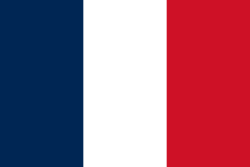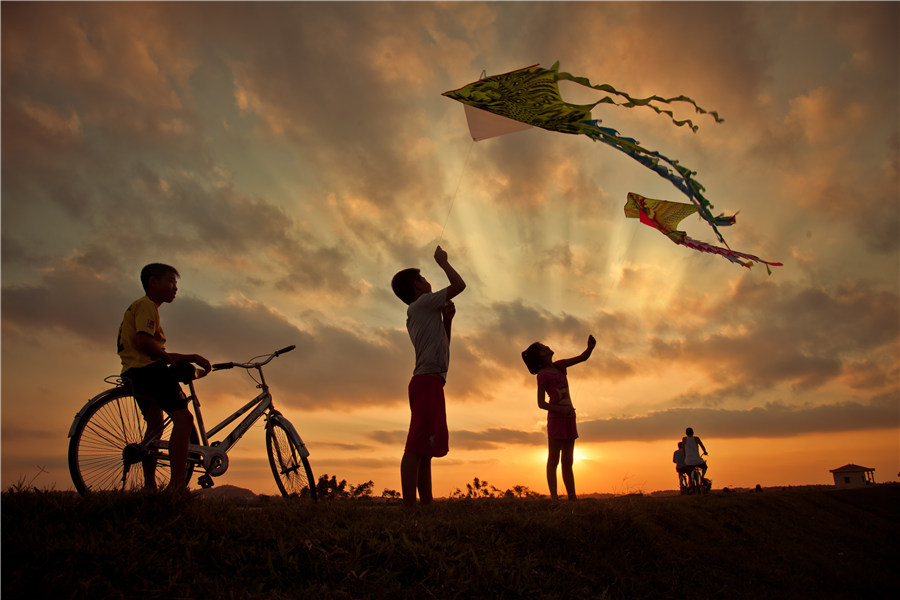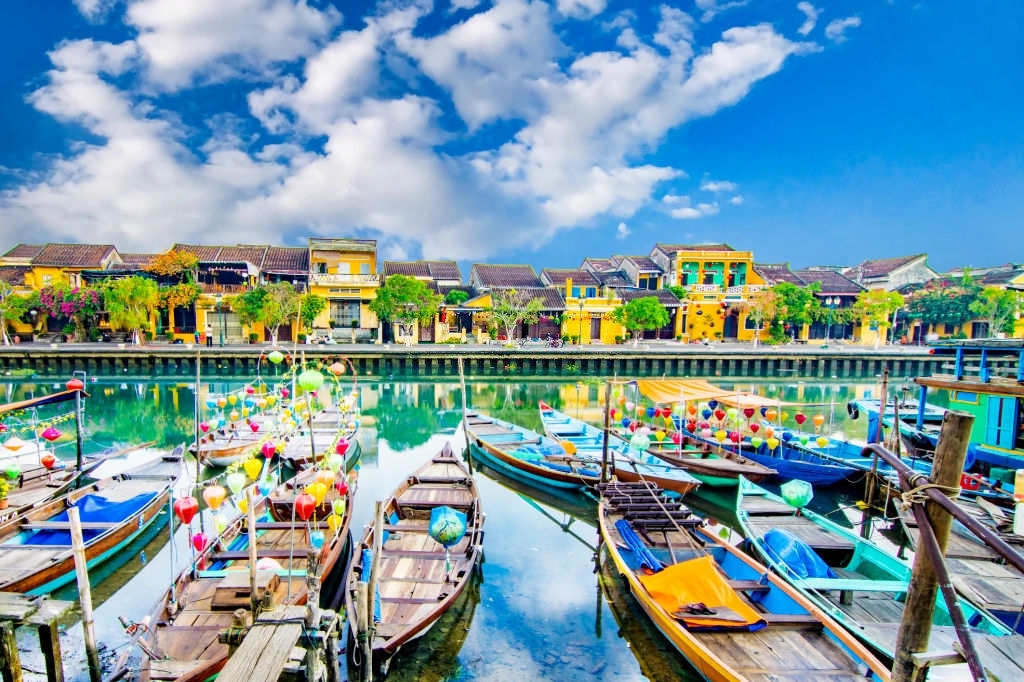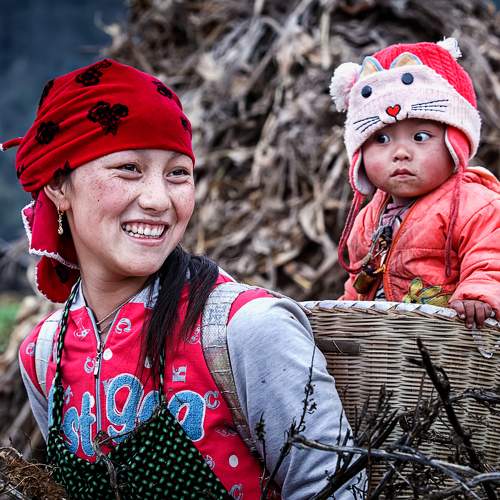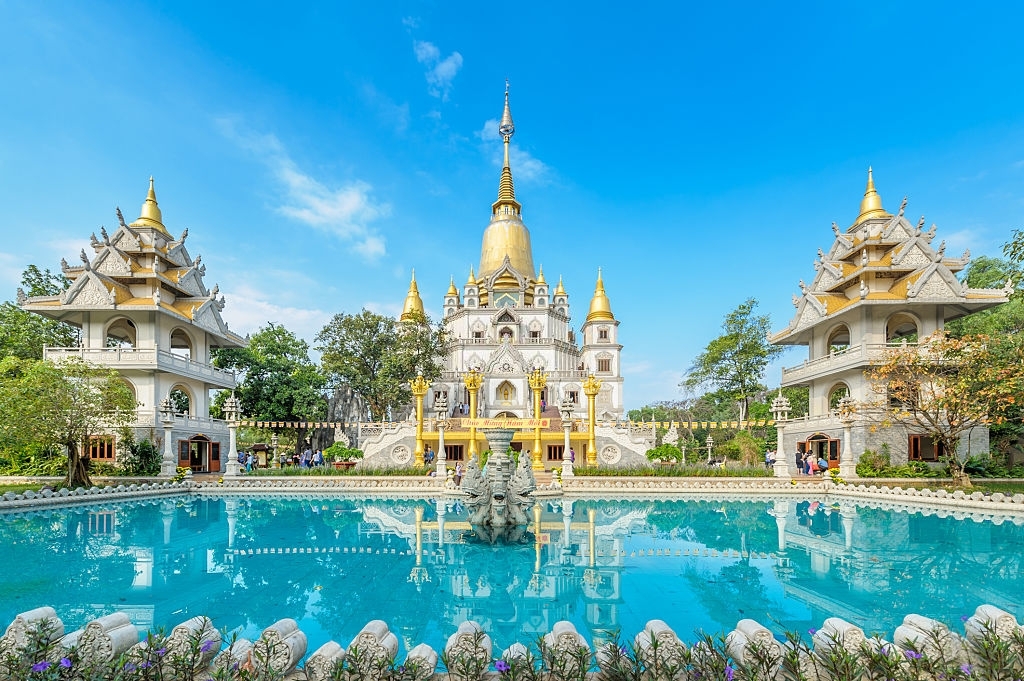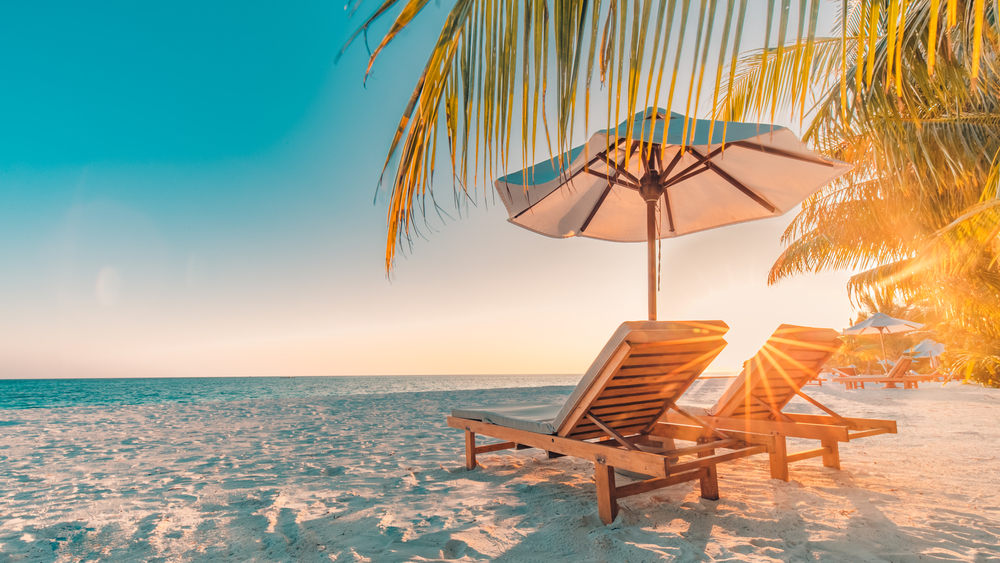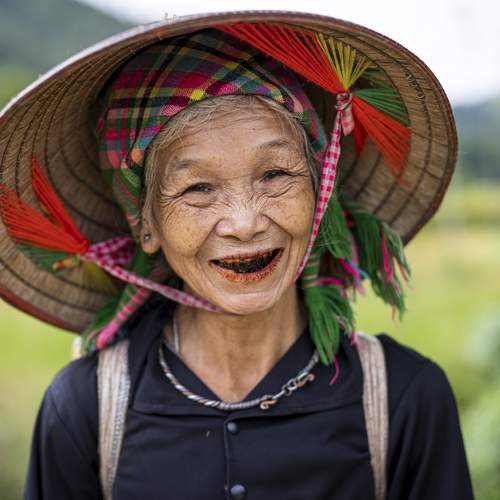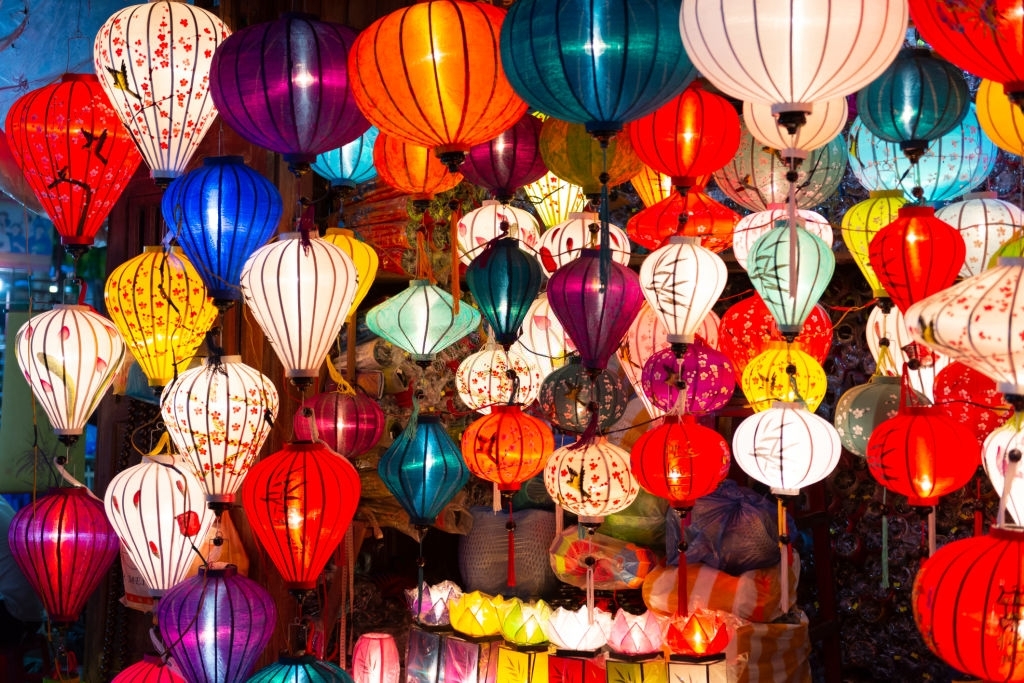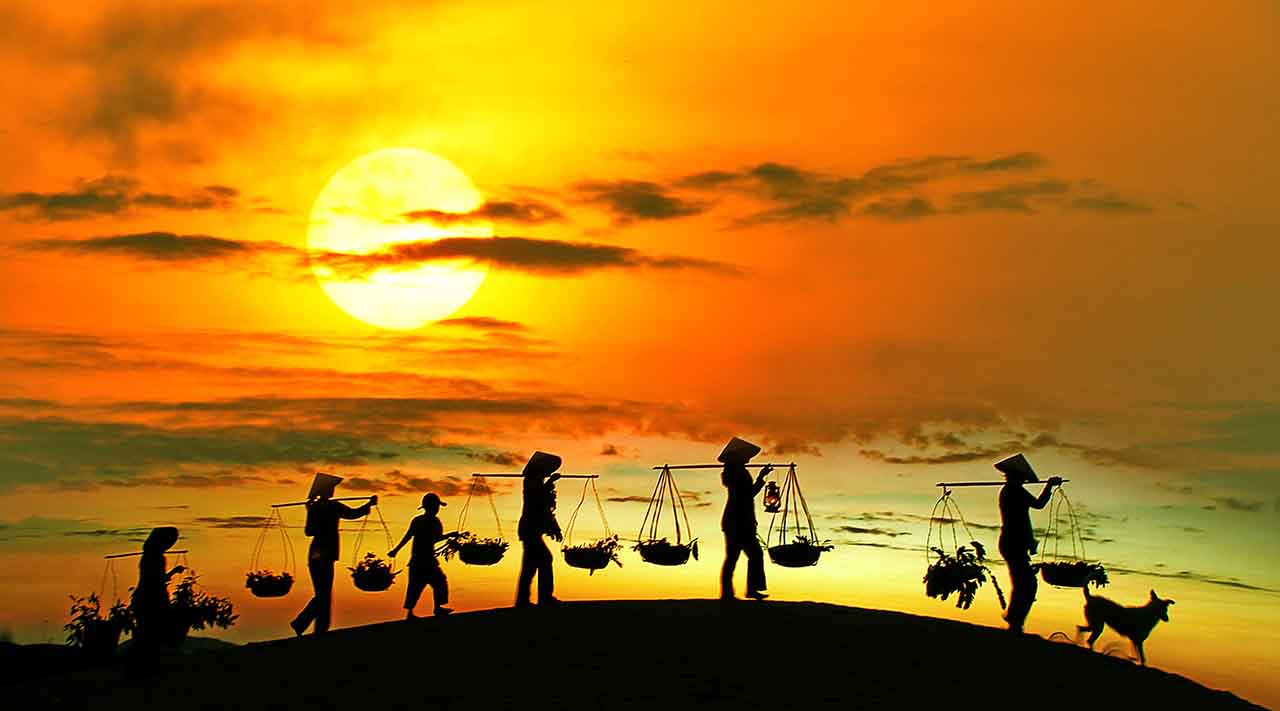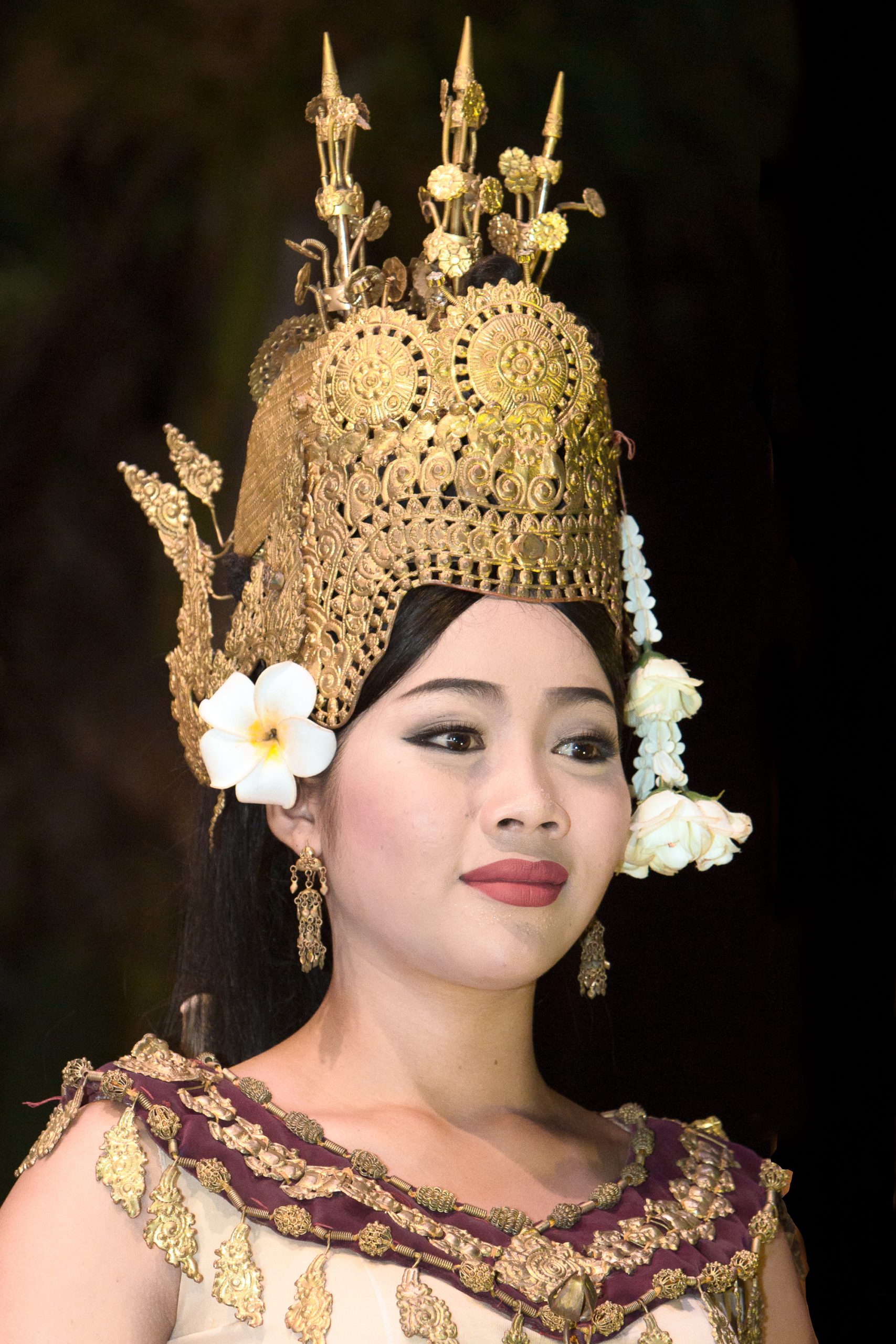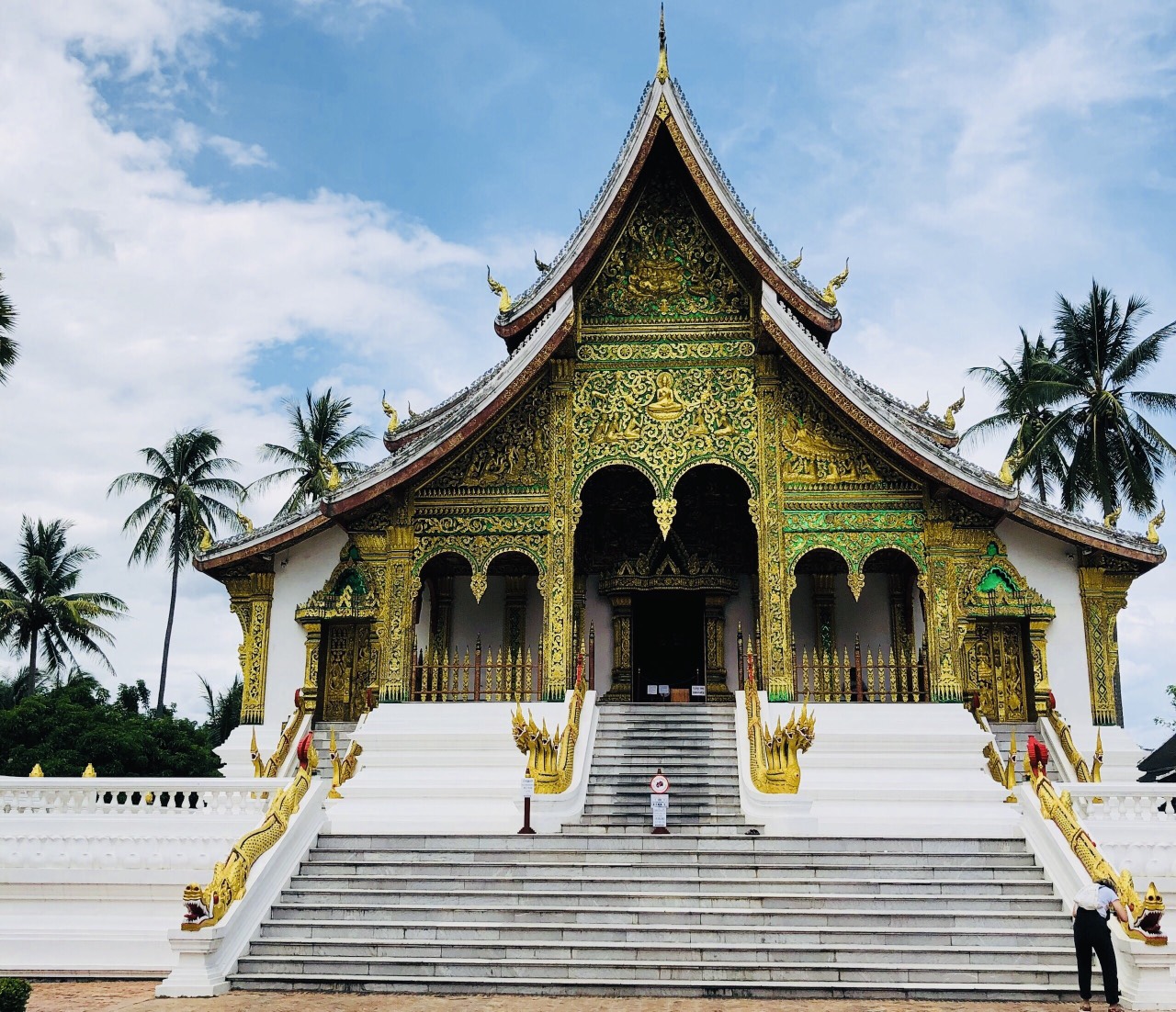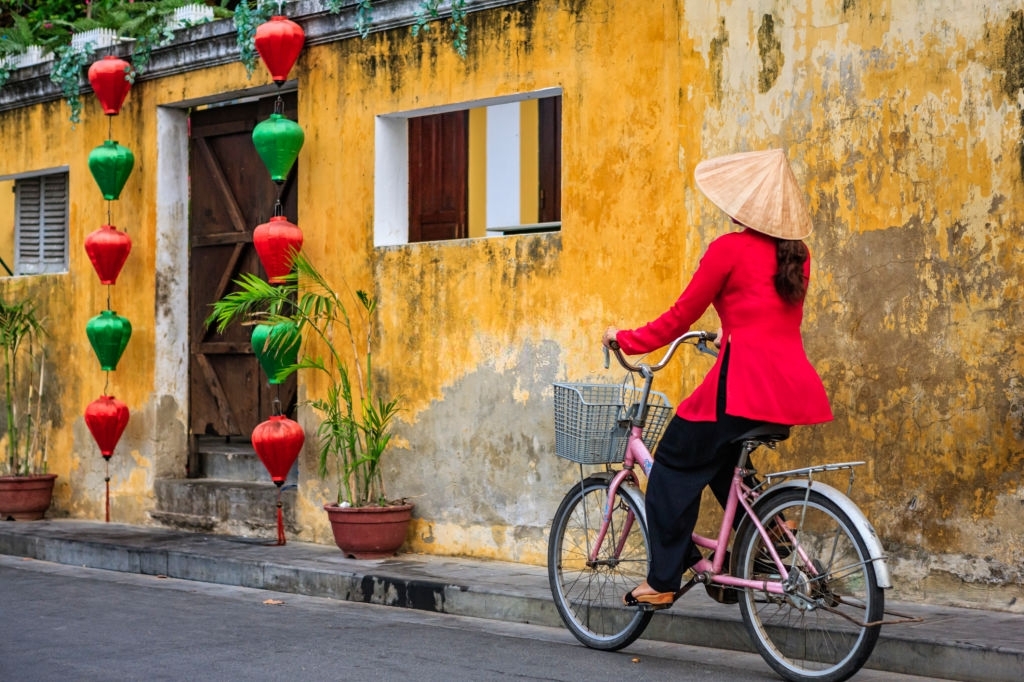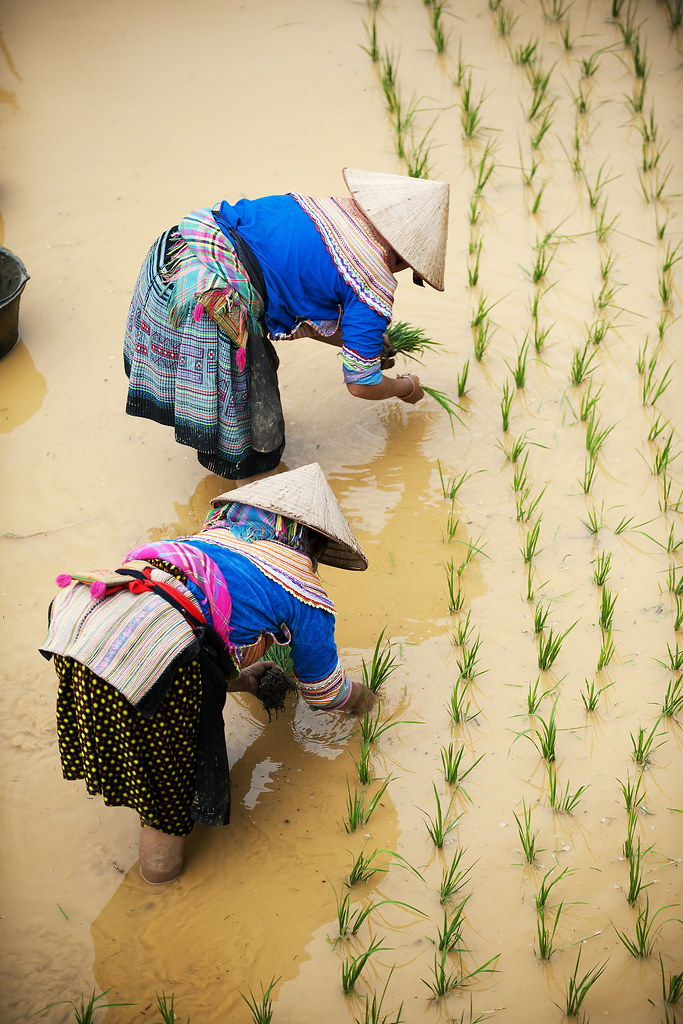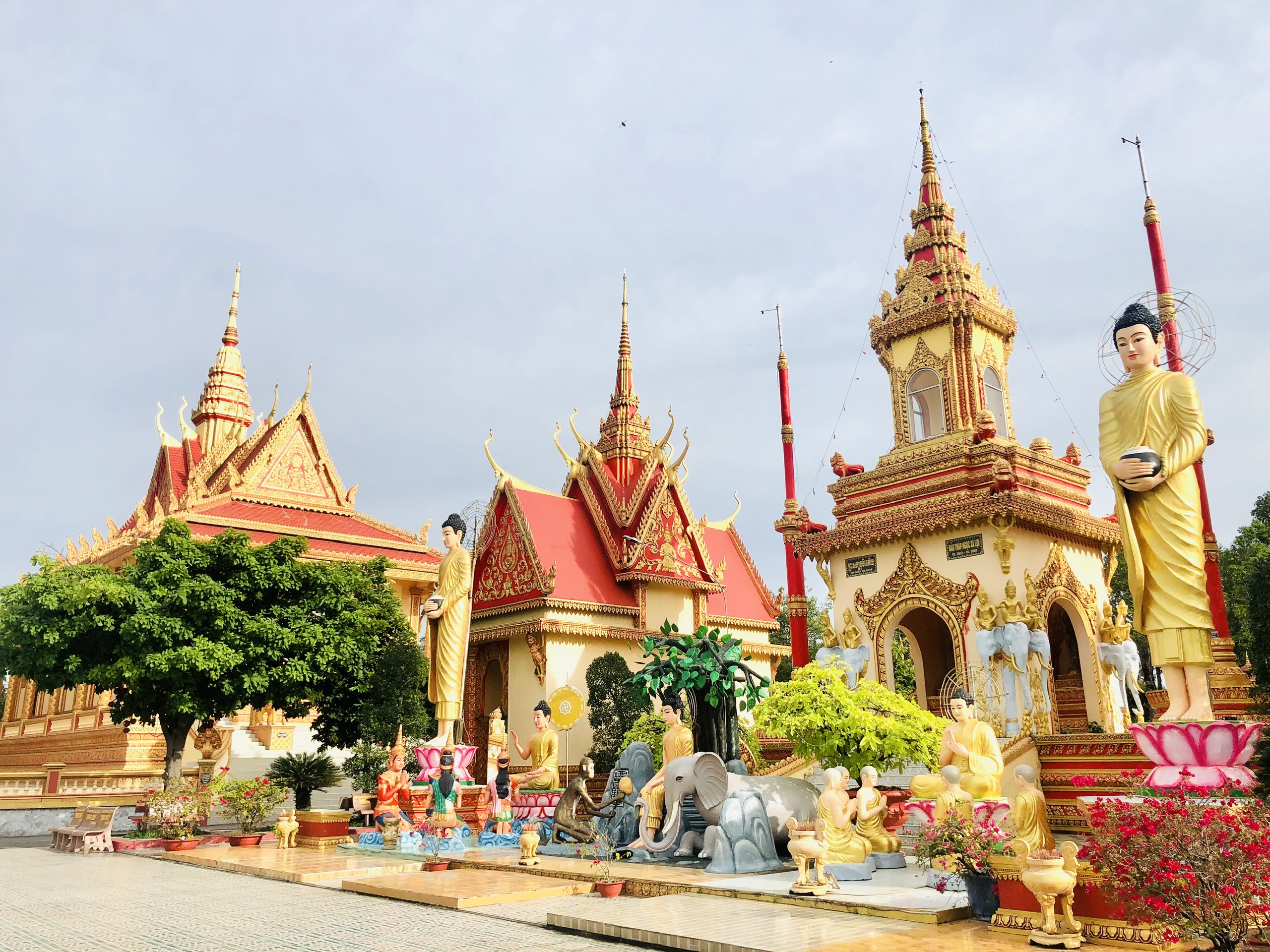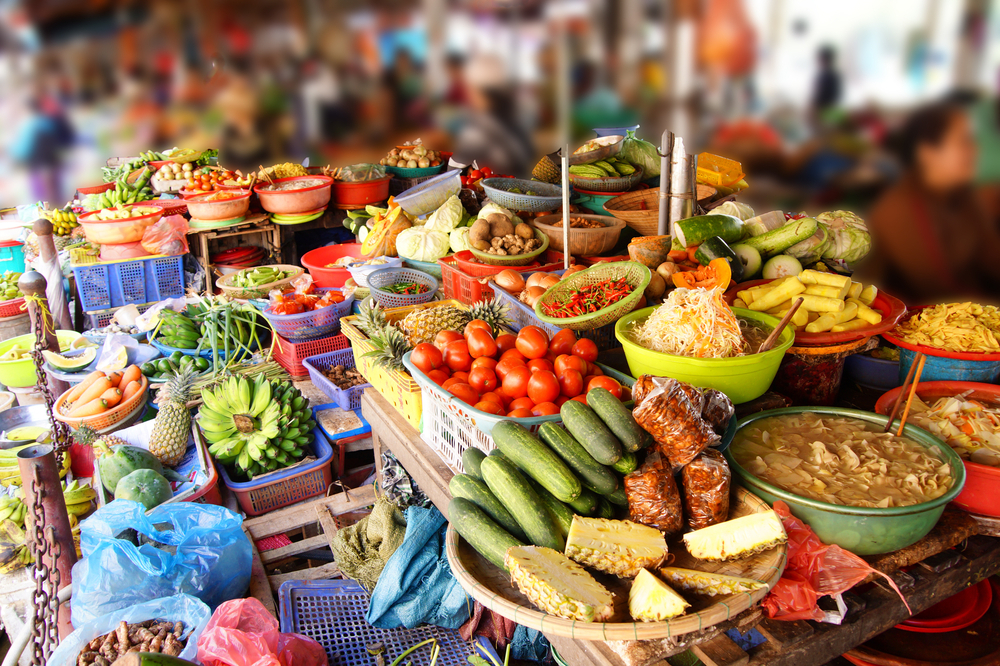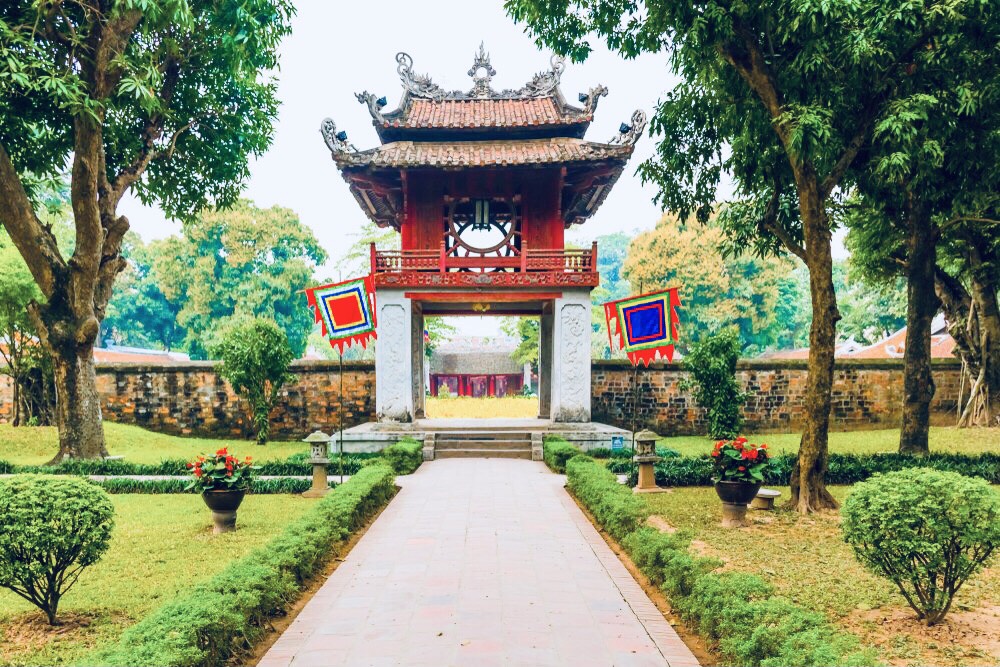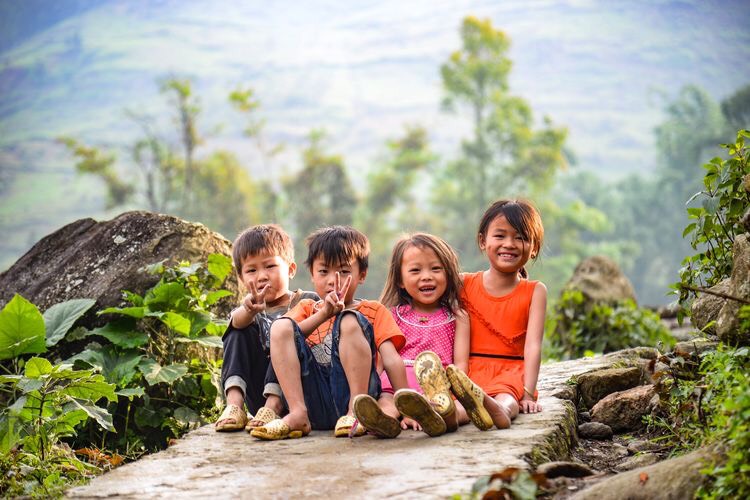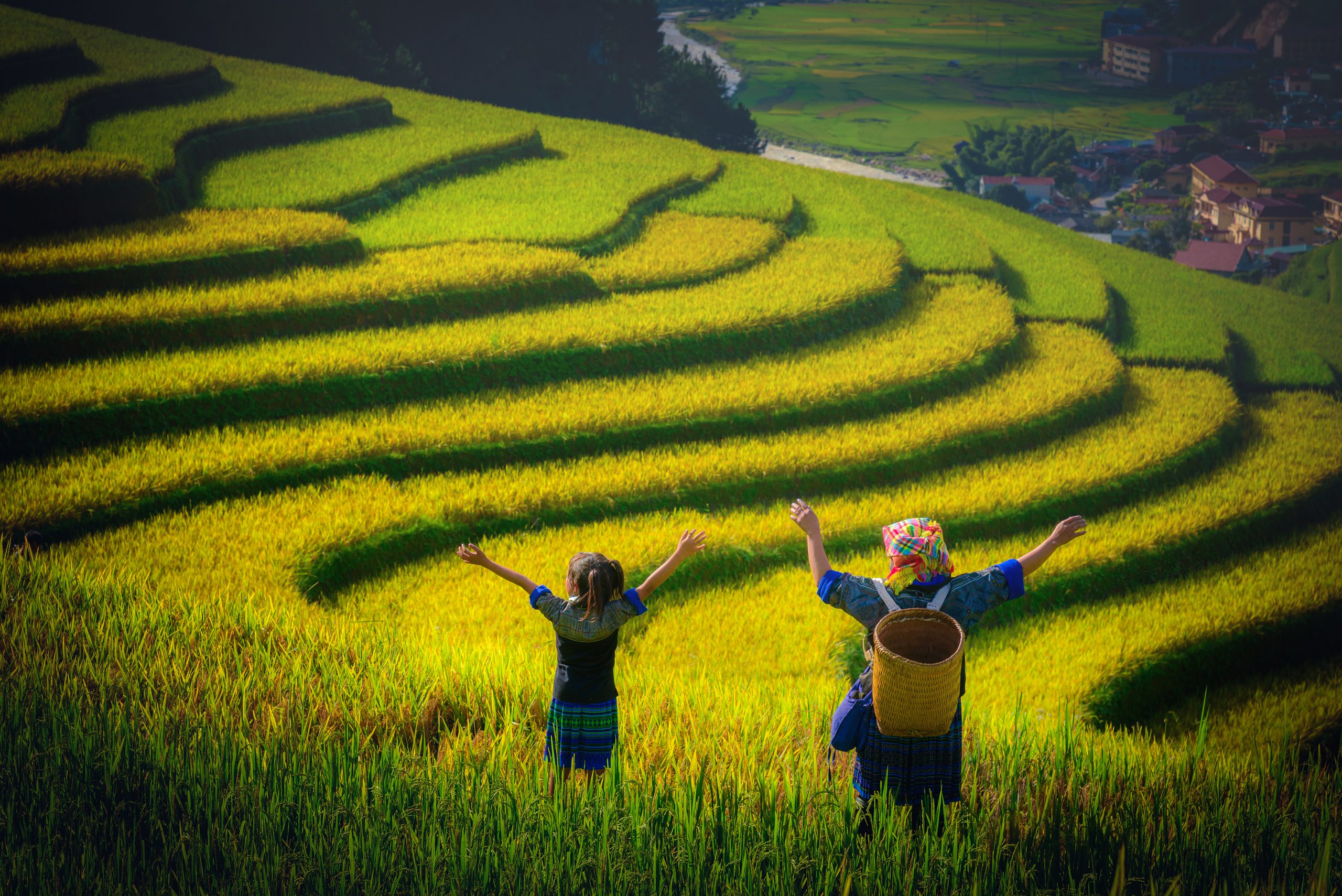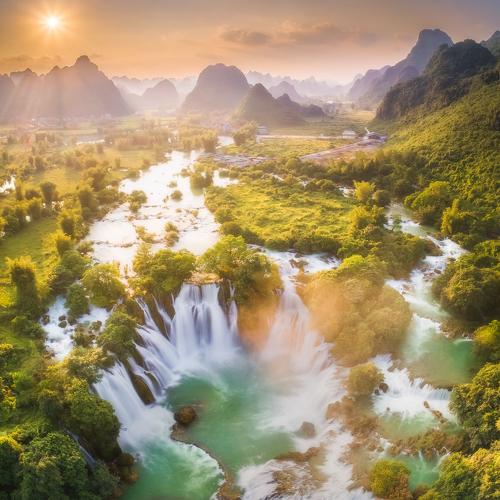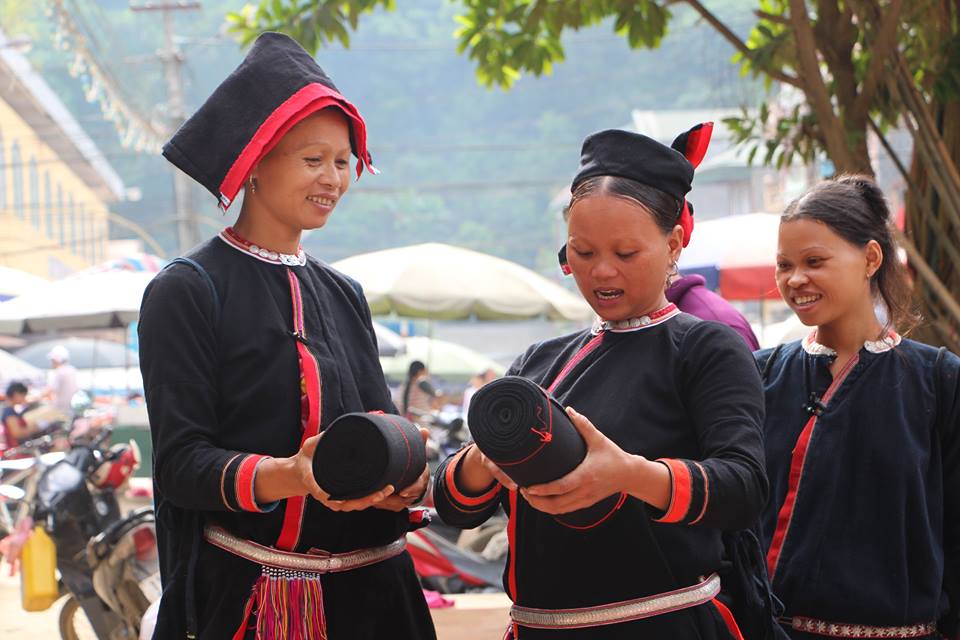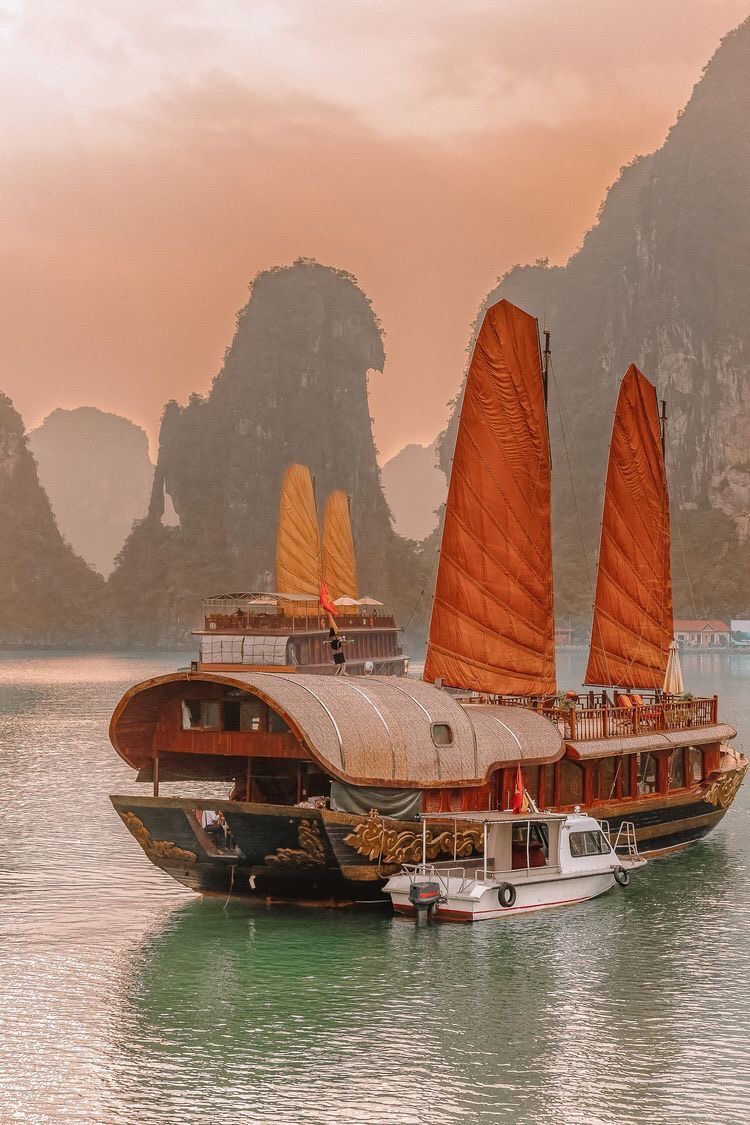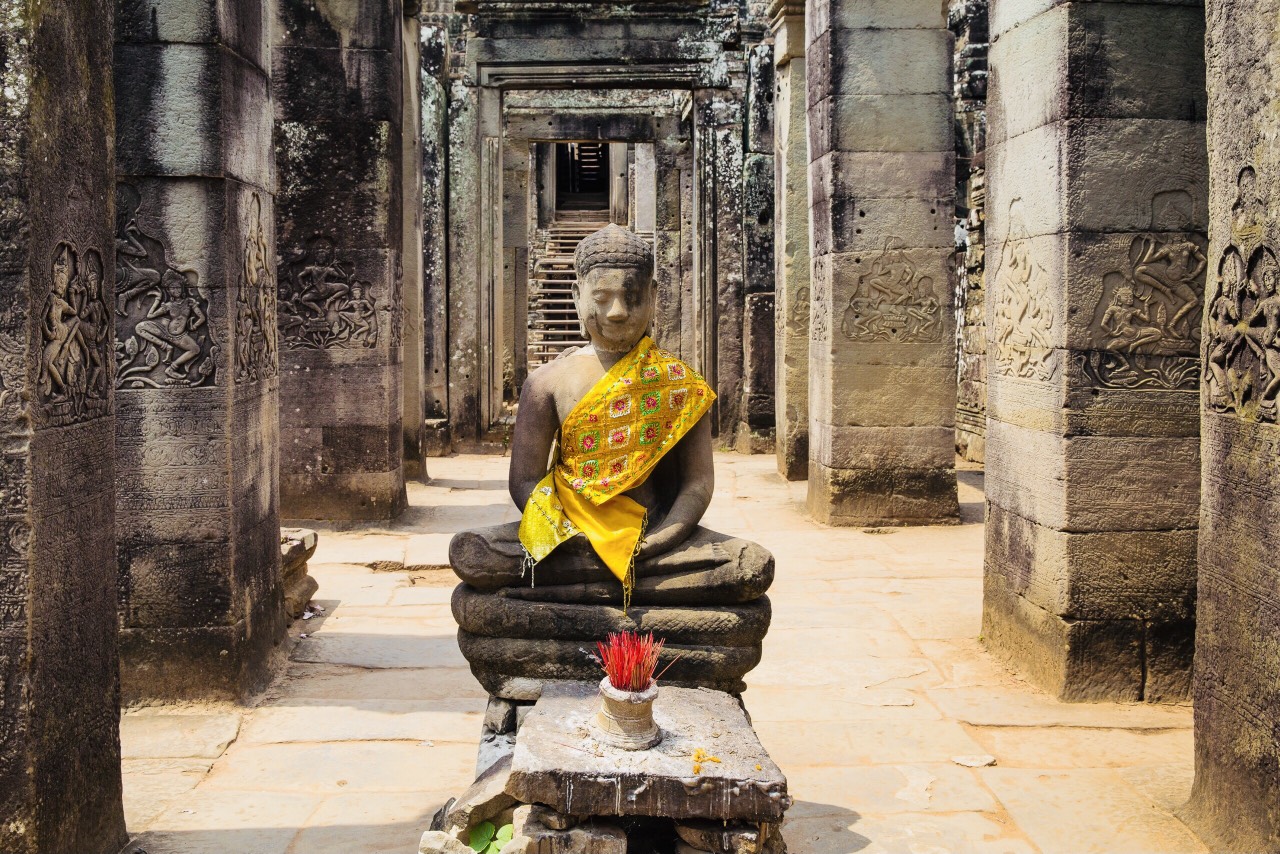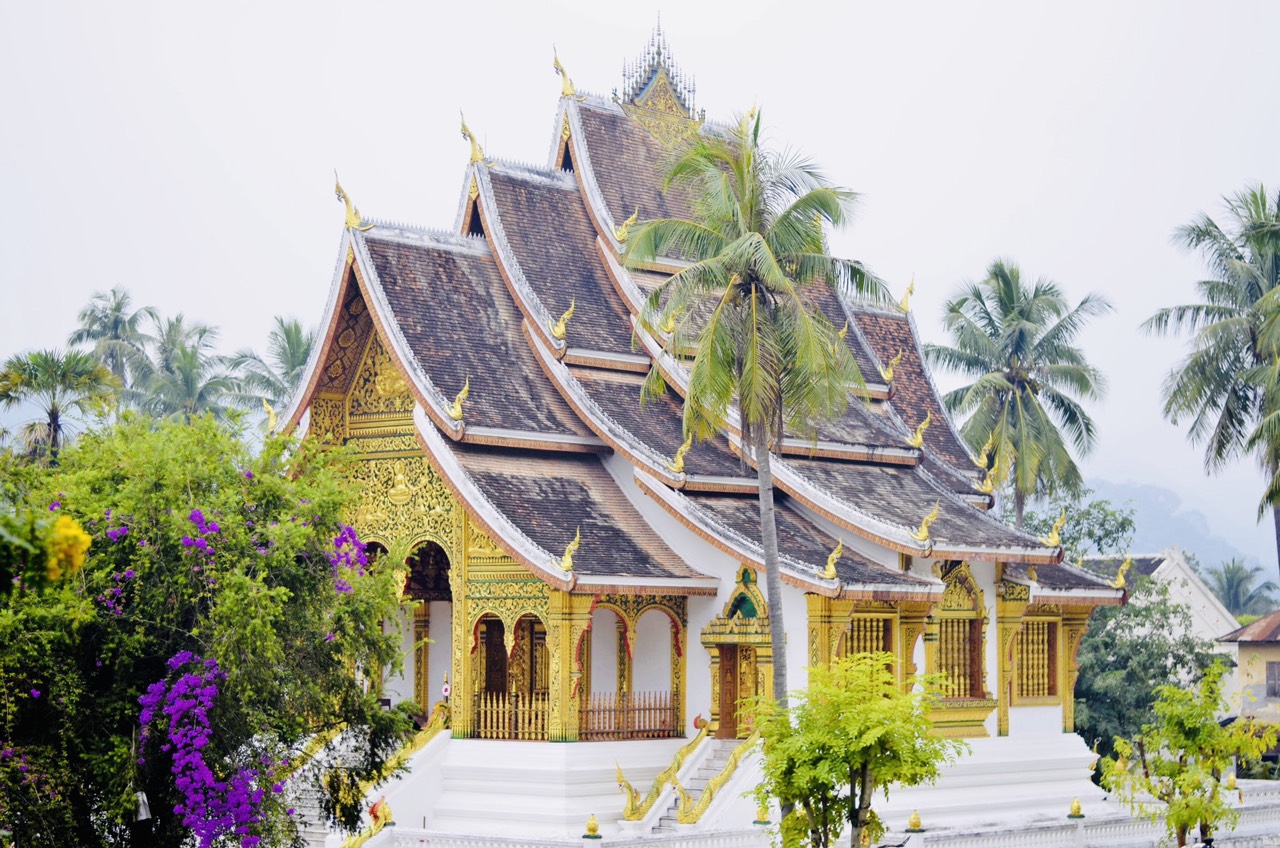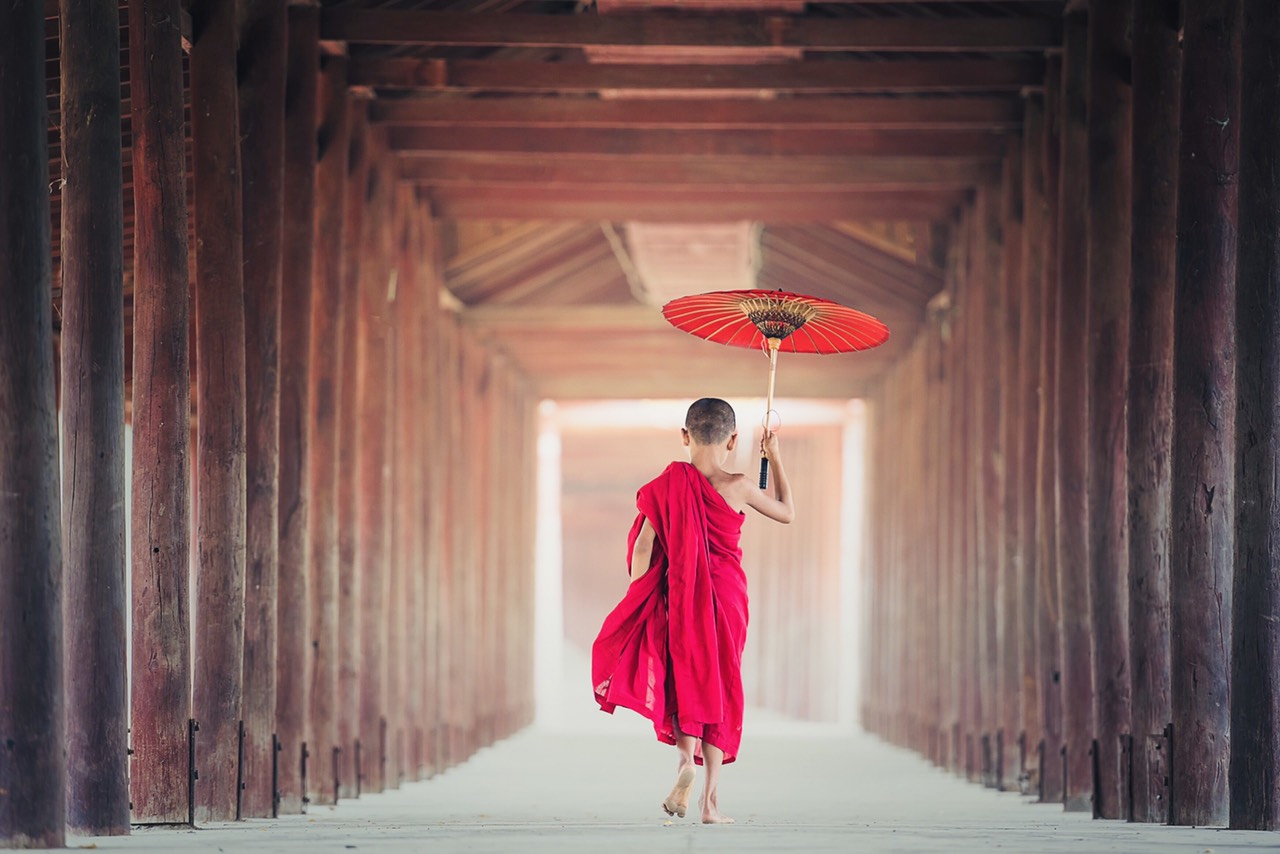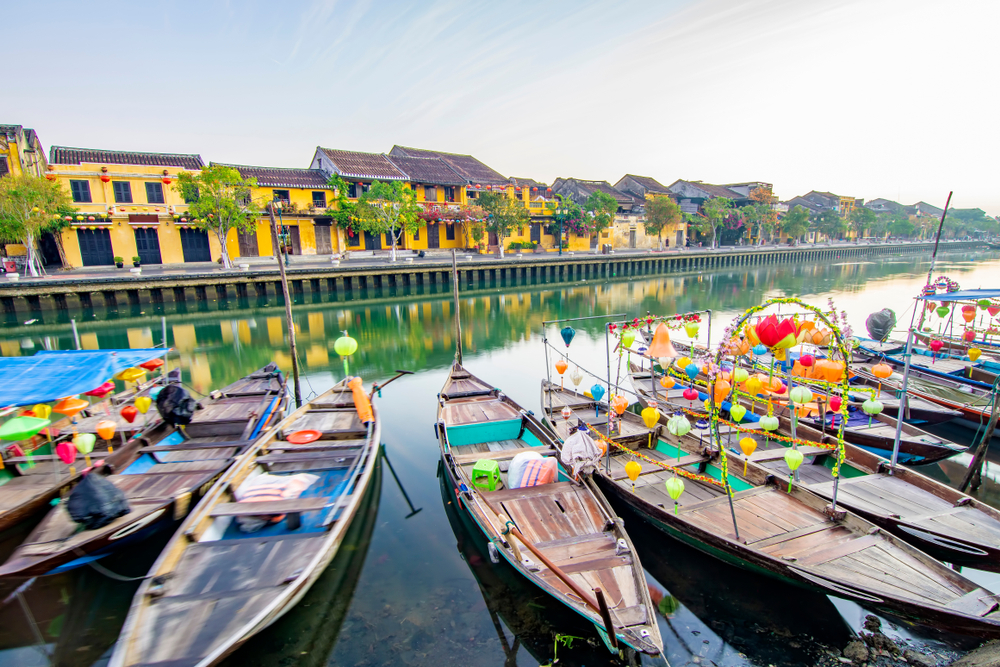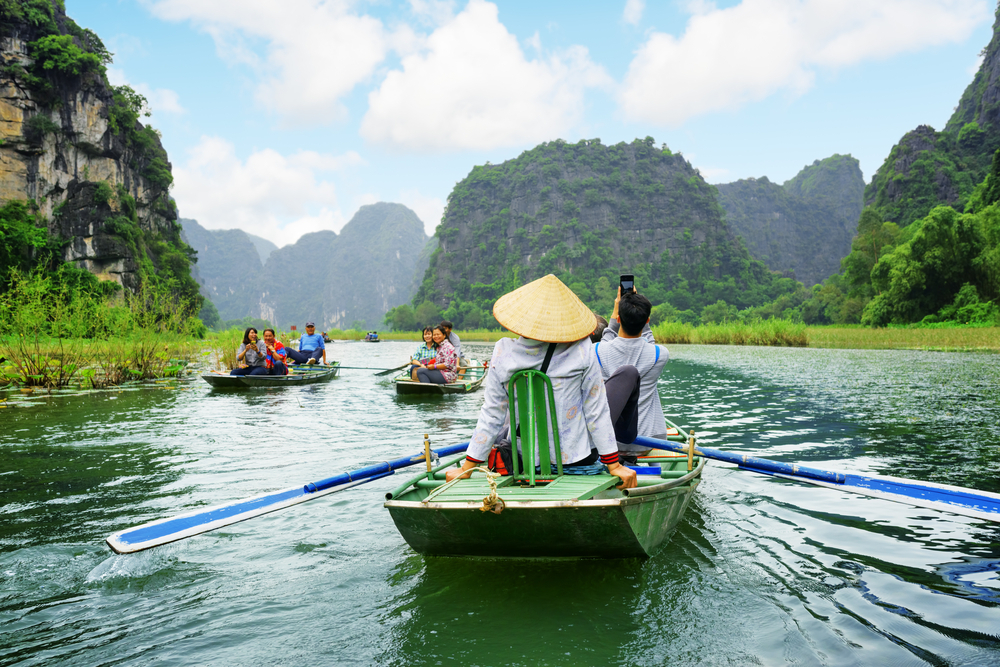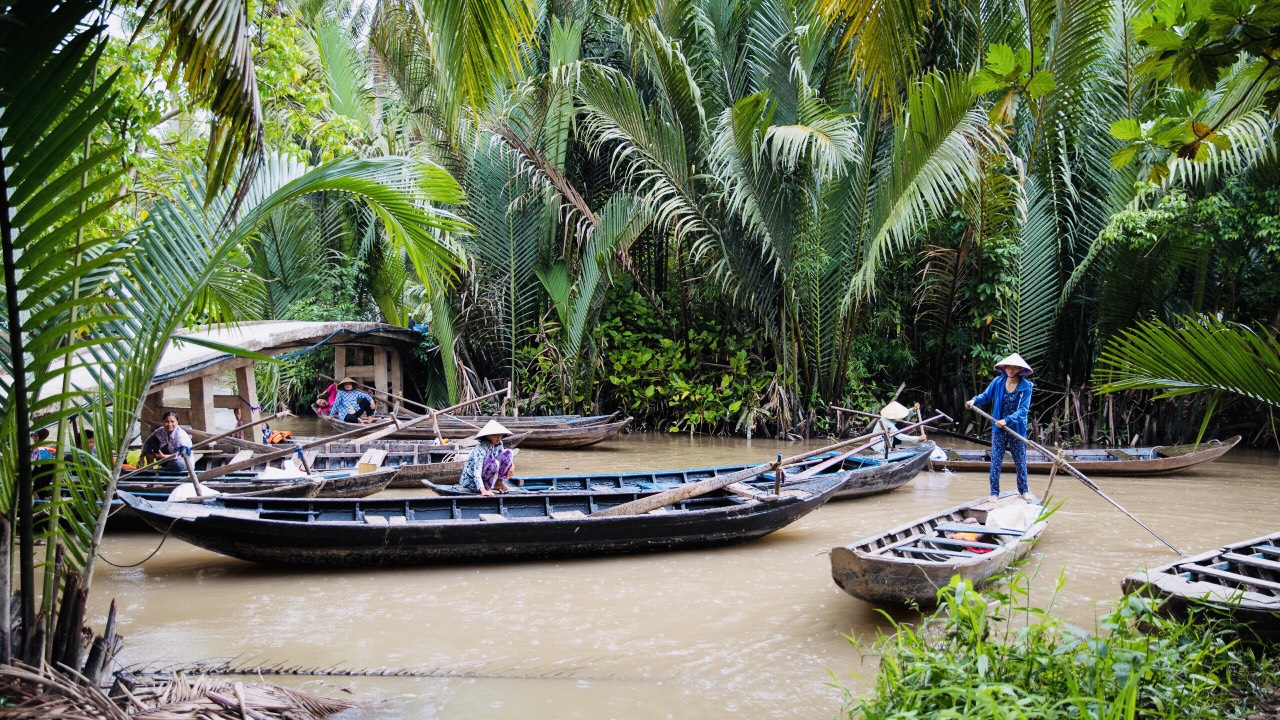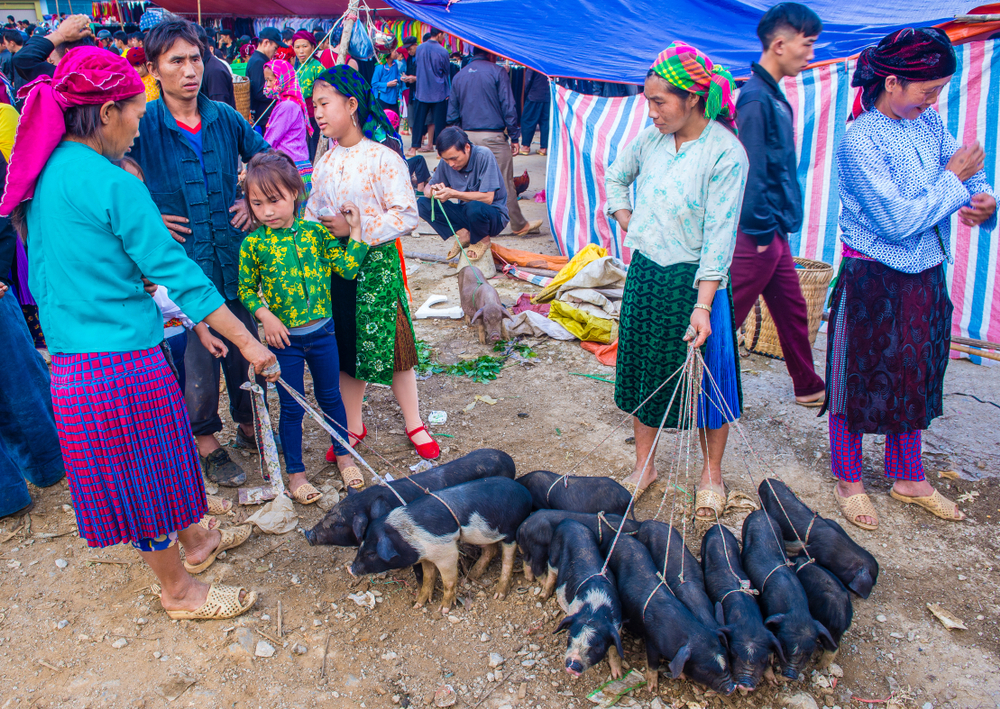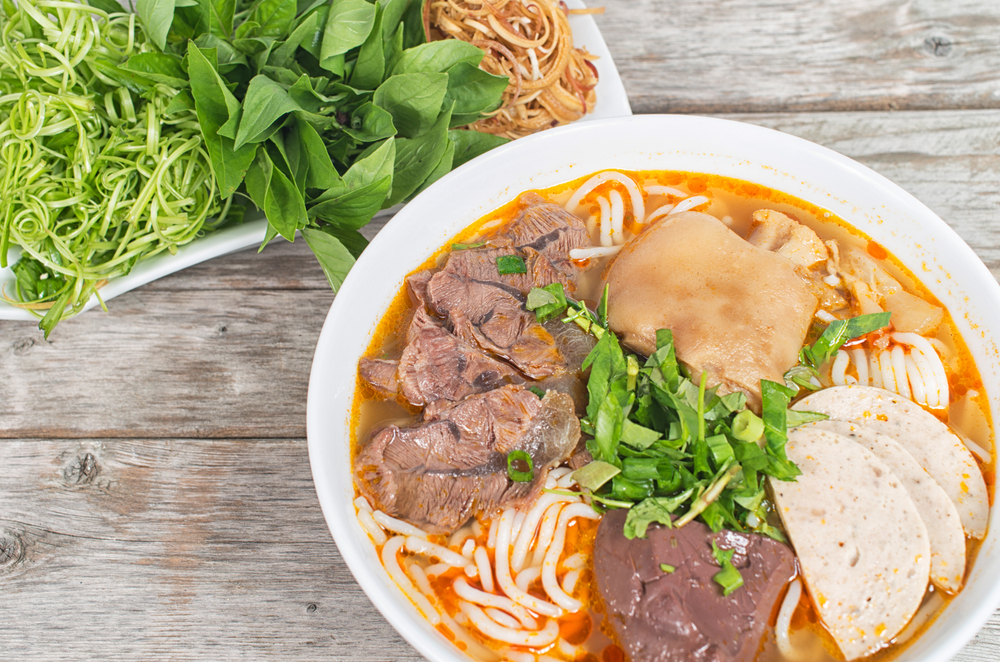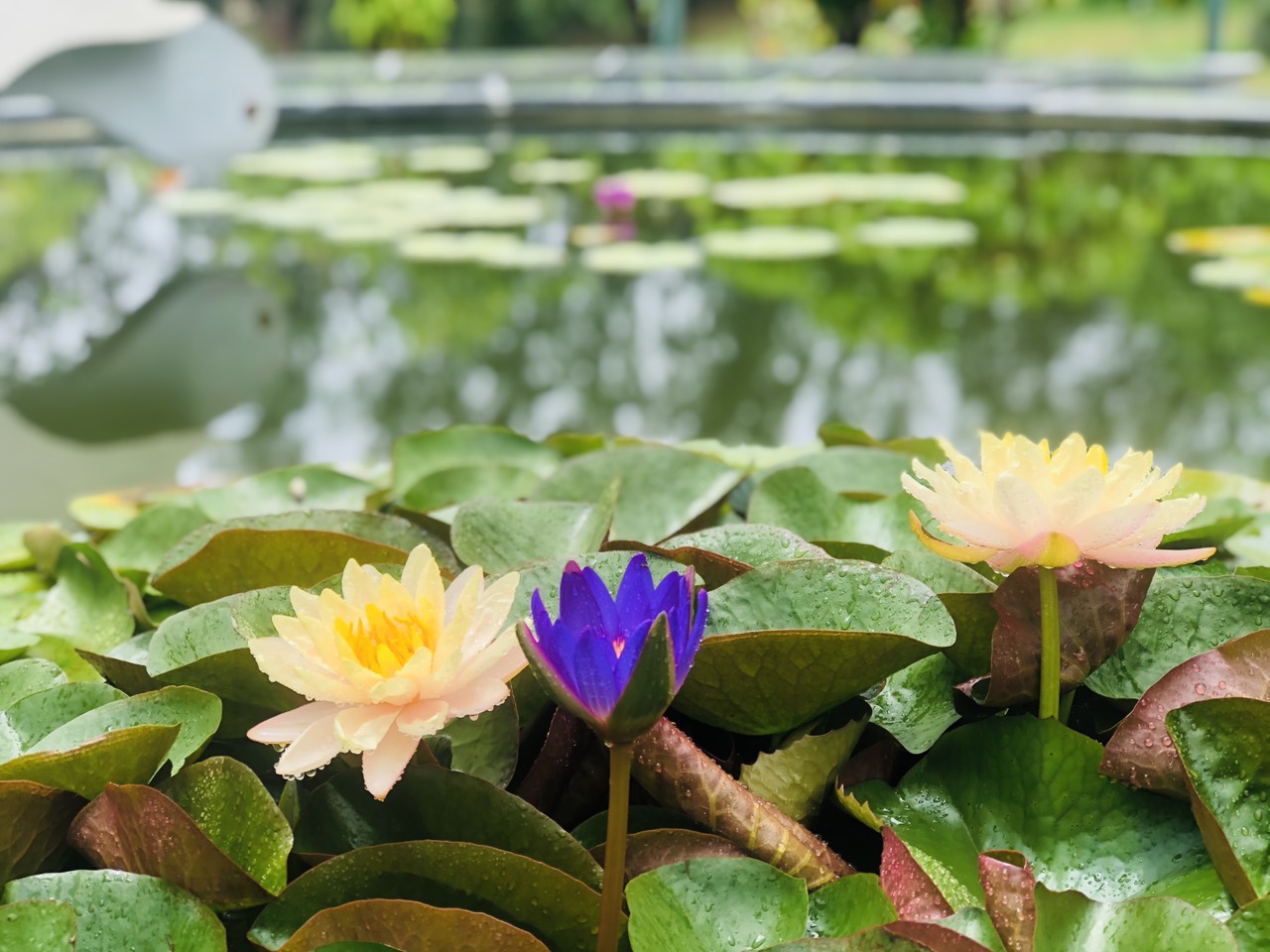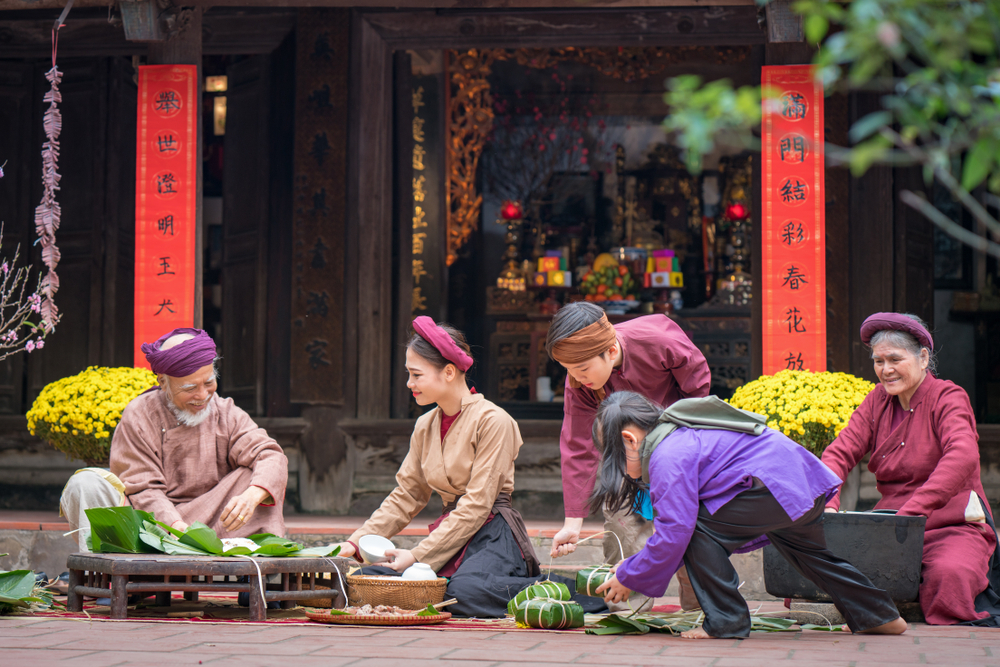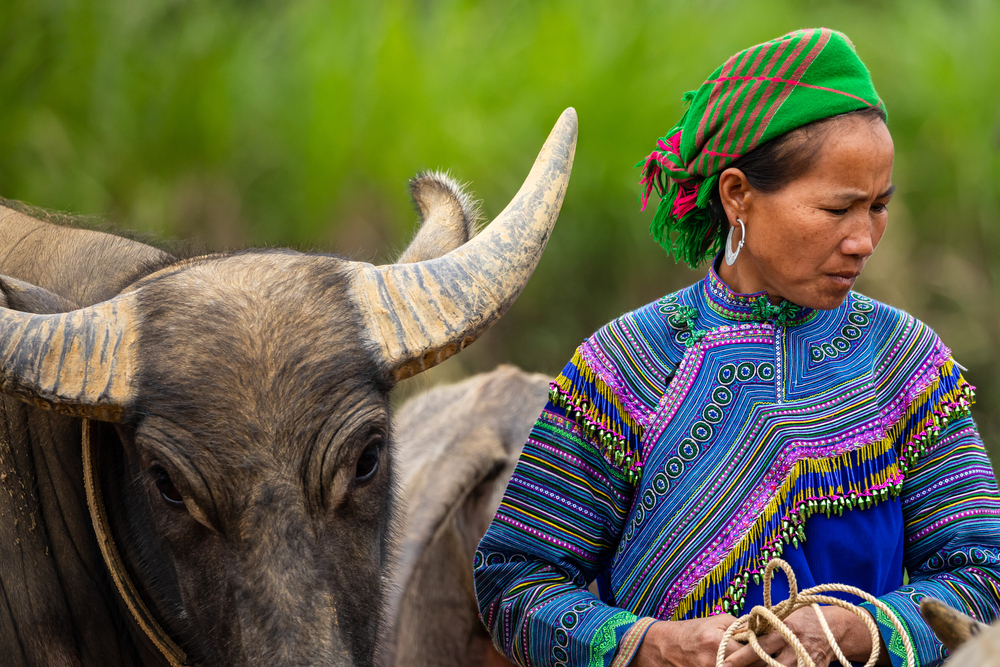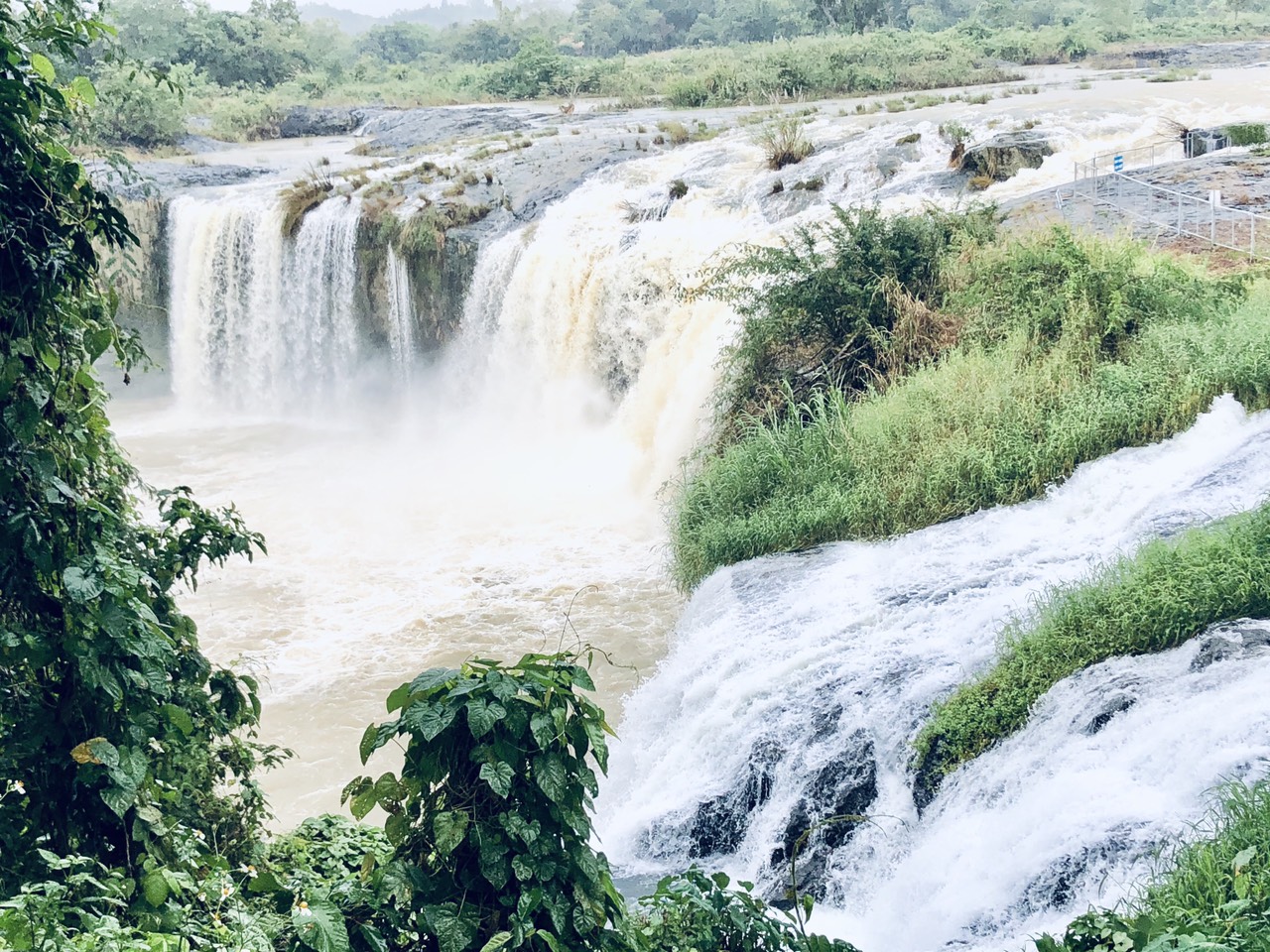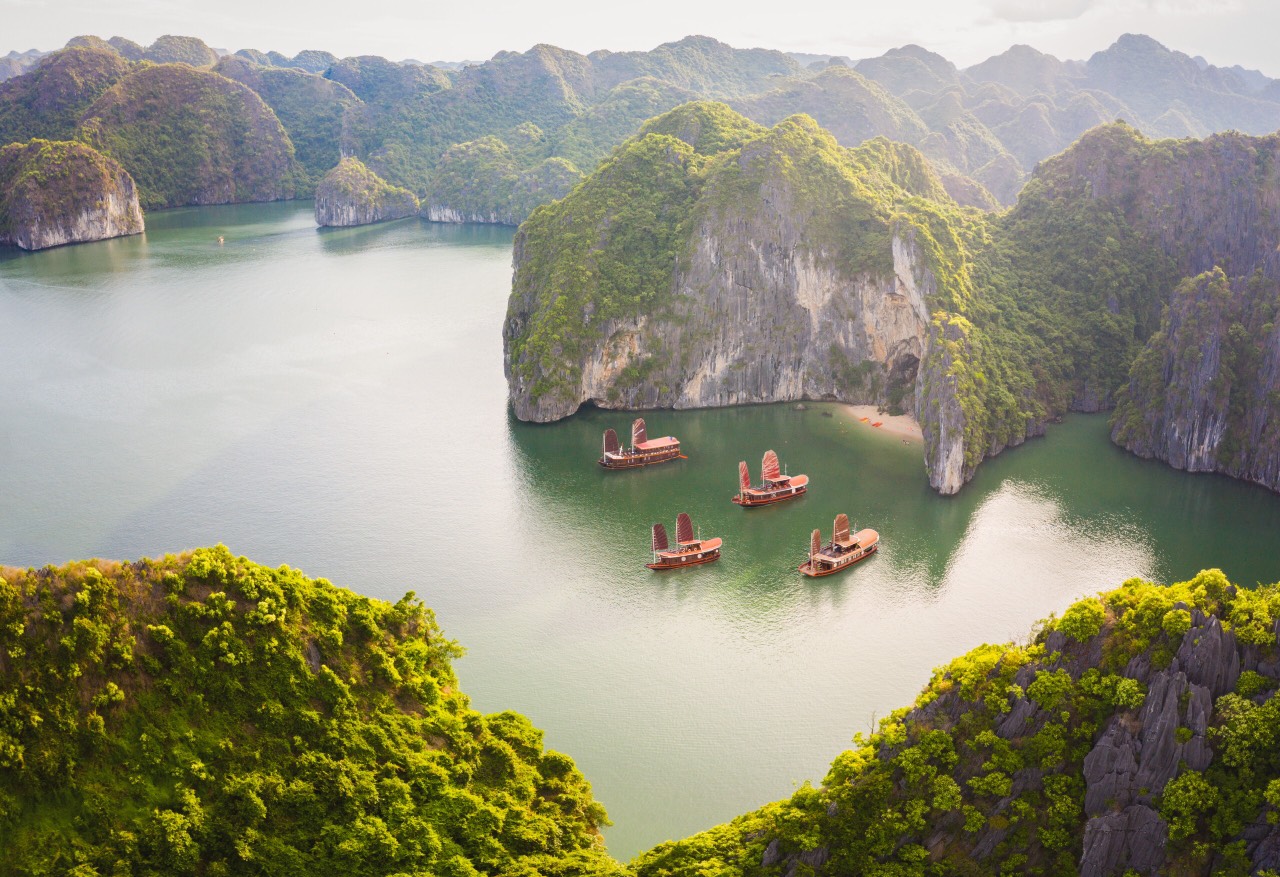
Perfume pagoda, one of the most important pagodas in Vietnam
Located about 60 km southwest of Hanoi, the Perfume Pagoda is an important Buddhist pilgrimage site in the country. It is one of the most important pagodas in Vietnam.
The Perfume Pagoda is a group of temples and pagodas nestled on the limestone cliffs of Huong Tich Mountain (Perfume Footprint Mountain), Huong Son commune, My Duc district. By visiting this pagoda, you will be able to appreciate the landscape of the sugar loaf and make an interesting cultural discovery of Vietnamese Buddhism.
It is believed that the first temple was a small temple on the present site of Thien Tru which existed during the reign of Le Thanh Tong in the 15th century. In the 17th century, more temples and pagodas were added, usually on high places. Over the years, some structures were destroyed during the Indochina War.
 While discovering the Perfume Pagoda complex, you take a rowing boat for a one hour trip along the Yen River. The walk goes through a sublime landscape between the limestone cliffs. It will take another 2 hours to climb to the top and back down again unless you take the cable car which can take you to the top of the mountain in a short 15 minutes. The best option is to take the cable car up and enjoy the panoramic view and then walk down to visit the sites.
While discovering the Perfume Pagoda complex, you take a rowing boat for a one hour trip along the Yen River. The walk goes through a sublime landscape between the limestone cliffs. It will take another 2 hours to climb to the top and back down again unless you take the cable car which can take you to the top of the mountain in a short 15 minutes. The best option is to take the cable car up and enjoy the panoramic view and then walk down to visit the sites.
During your visit, you will discover the main pagodas such as the Trinh temple, the Thien Tru pagoda and the Huong Tich cave. You will be amazed by the beauty and spirituality of the landscapes emanating from this place.
Trinh Temple
 The first stop is the Trinh Temple, meaning “to present oneself” in Vietnamese. It is also known as Ngu Nhac Linh Tu. Built during the reign of King Le Thanh Tong, the temple is dedicated to the mountain soldiers who guard the pagoda. You can go to the temple to introduce yourself before entering the complex.
The first stop is the Trinh Temple, meaning “to present oneself” in Vietnamese. It is also known as Ngu Nhac Linh Tu. Built during the reign of King Le Thanh Tong, the temple is dedicated to the mountain soldiers who guard the pagoda. You can go to the temple to introduce yourself before entering the complex.
Thien Tru pagoda
Thien Tru (Heavenly Kitchen) Pagoda, also called Chua Ngoai (Outer Pagoda), is a small peaceful pagoda. This pagoda was built in brick by King Le Thanh Tong in the 18th century with decorative curved roofs. The pagoda is known for the Thuy Tien tower, a granite monolith.
Giai Oan Pagoda
 The Giai Oan pagoda (pagoda of exoneration) is the place where the gods purify souls, relieve suffering and grant offspring to childless couples. In front of the pagoda, a stream with nine springs flows, called “stream of exculpation”. The legend tells that the Buddha stopped here to forget all the worries of the earth. The clear and fresh water seems to make the soul of the pilgrim serene.
The Giai Oan pagoda (pagoda of exoneration) is the place where the gods purify souls, relieve suffering and grant offspring to childless couples. In front of the pagoda, a stream with nine springs flows, called “stream of exculpation”. The legend tells that the Buddha stopped here to forget all the worries of the earth. The clear and fresh water seems to make the soul of the pilgrim serene.
Huong Tich cave
At the heart of the complex is the Huong Tich Cave which houses Chua Trong (inner pagoda). Huong Tich Cave was named “the most beautiful cave under the southern sky” by Lord Trinh Sam, an 18th century ruler of northern Vietnam. The entrance of the cave looks like an open dragon mouth.
 Inside the cave are many statues: statue of Lord Buddha and that of the goddess Kwan Yin in green stone, statues of Arhats and various other figures … Pilgrims are also fascinated by stalactites and stalagmites of different shapes. People often gather under a particular stalactite which has the shape of a chest to catch drops of water hoping to be blessed.
Inside the cave are many statues: statue of Lord Buddha and that of the goddess Kwan Yin in green stone, statues of Arhats and various other figures … Pilgrims are also fascinated by stalactites and stalagmites of different shapes. People often gather under a particular stalactite which has the shape of a chest to catch drops of water hoping to be blessed.
Every year, more than one million Vietnamese travel from all over the country to the Perfume Pagoda for the spring pilgrimage which begins on the 6th day of the 1st lunar month and continues until the last week of the 3rd lunar month. It is the longest festival in northern Vietnam. People come to pray to the protective and benevolent spirits. Pilgrims can attend dragon dances, religious ceremonies and prayer sessions. It can be interesting to explore this place during this period to feel the spiritual passion of Vietnamese people and understand the rituals after the Lunar New Year. However, for a quieter visit and to see everything well, avoiding the crowds and long waits for the boats, the cable car and the sites, it is better to opt for another period and preferably during the week, the weekends being quite busy.
